Students focus on developing individual expression and research. They continue to explore concepts through self–guided research utilizing various processes, materials, and concepts in sculpture. Emphasis is placed upon individual expression and concept development. Students explore advanced problems in studio techniques and analyze conceptual development through discussion and critiques in preparation of creating a professional portfolio and an eventual thesis exhibition.
Featured Courses in Art & Art History
Learn about some of the undergraduate art and art history courses and how they prepare students for the future.
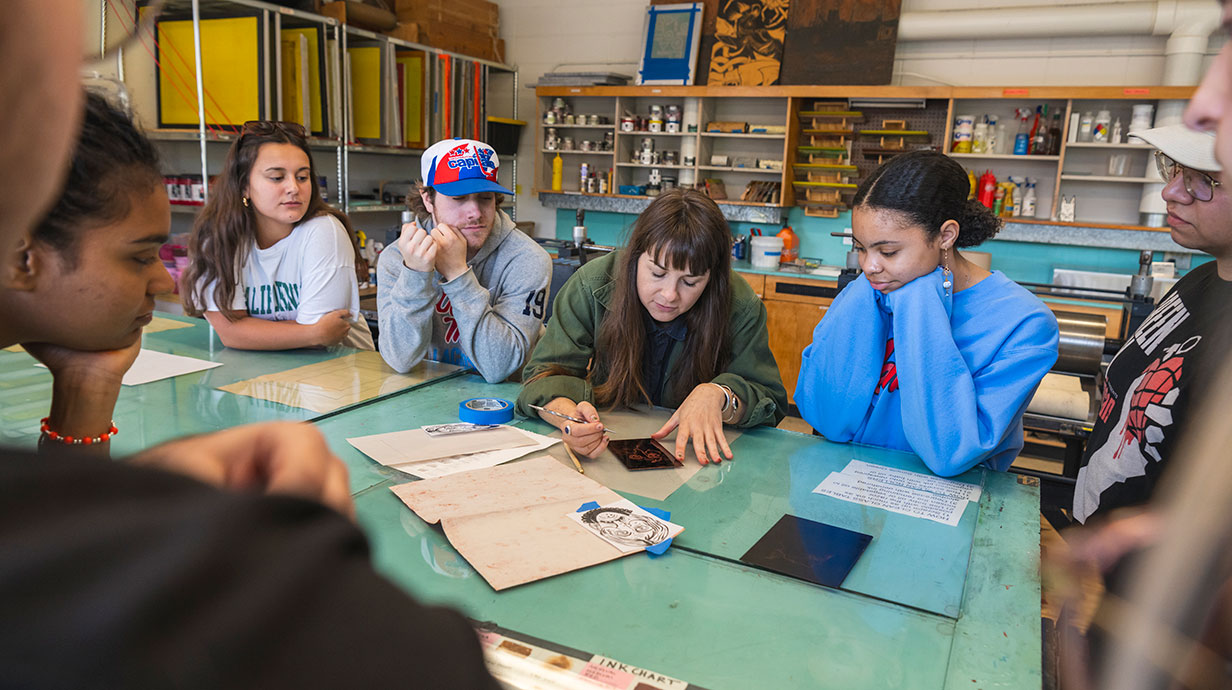
Art & Art History Undergraduate Courses
The department offers undergraduate courses in the subfields art history, ceramics, graphic design, painting, printmaking & photography, and sculpture.
- 100- and 200-level introductory courses
- 300-level intermediate undergraduate courses
- 400-level courses such as advanced studios, researching and portfolio building
Below are a few examples of advanced undergraduate courses. See all art and art history courses in the catalog.
Art History
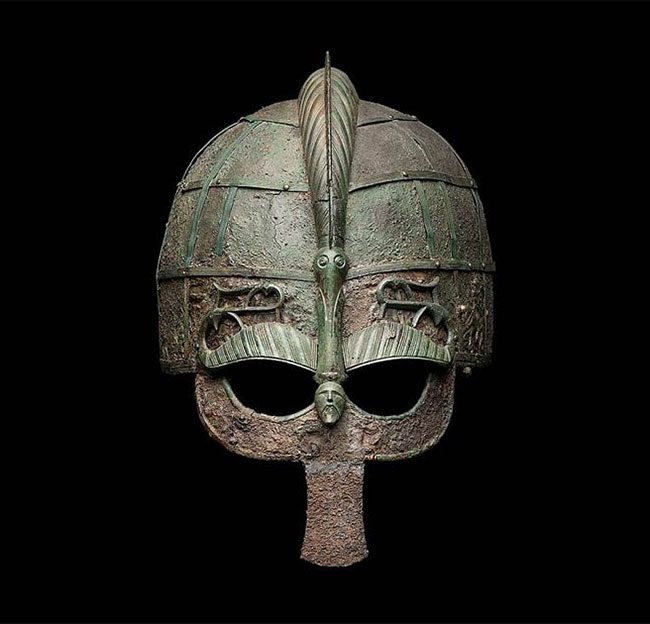
AH/ANTH 336: Viking Art and Archaeology
This course is a broad overview of the art and archaeology of the Vikings and their predecessors as well as an introduction to the written sources that inform us about the Vikings.
“As someone who is passionate about Medieval Studies, especially within the field of Nordic culture, I found this class to be extremely enlightening."
—Eli Morgan (BA in English, Creative Writing & BFA in Art, Graphic Design)
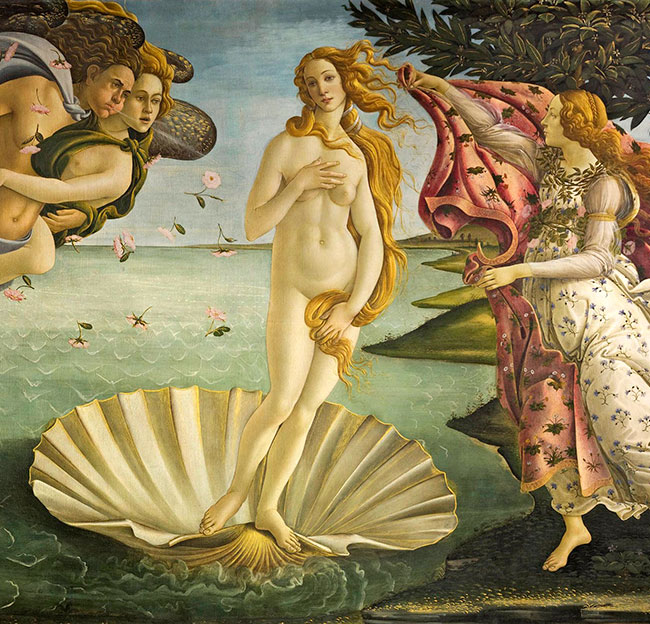
AH 341: Italian Renaissance Art
This course examines the major developments in Italian painting, sculpture, architecture, and the culture which produced them between the late 13th and the early 16th centuries. Works of art are discussed in relation to their original location, function, patronage, style, iconography, and technique. Students also investigate how humanism or the rediscovery of antiquity had an impact on artistic creativity and see how it helped defining a new role for the artist.
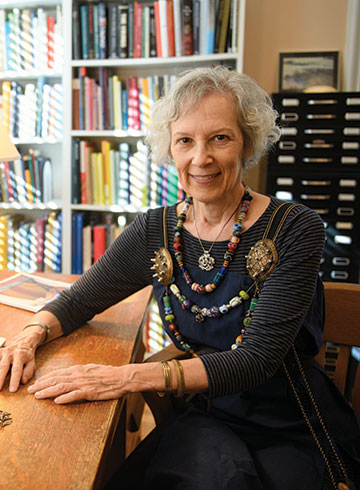
Viking Art and Archaeology Professor
Students will study different aspects of political, social, cultural, and religious changes within Scandinavia are treated, including the transition from paganism to Christianity; burial customs; gender and diversity; production of art and crafts; raiding, trading, and settlement; and incorporation into medieval Europe.
Nancy Wicker
Distinguished Professor of Art History
Ceramics
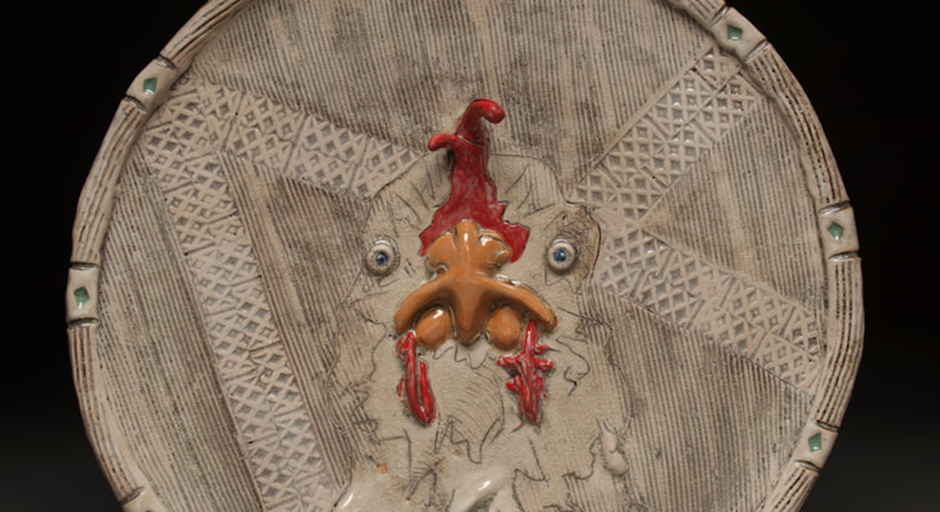
Art 341: Pottery
Students continue to master and refine their throwing skills in the ceramics studio, in addition to gaining a more complete understanding of ceramic materials. There is an emphasis on the conceptual bolsters an increased technical repertoire as well as a more specific understanding of form. The study of contemporary and historical practices enhances the student’s ability to dissect and describe their own work in terms of the artist statement.
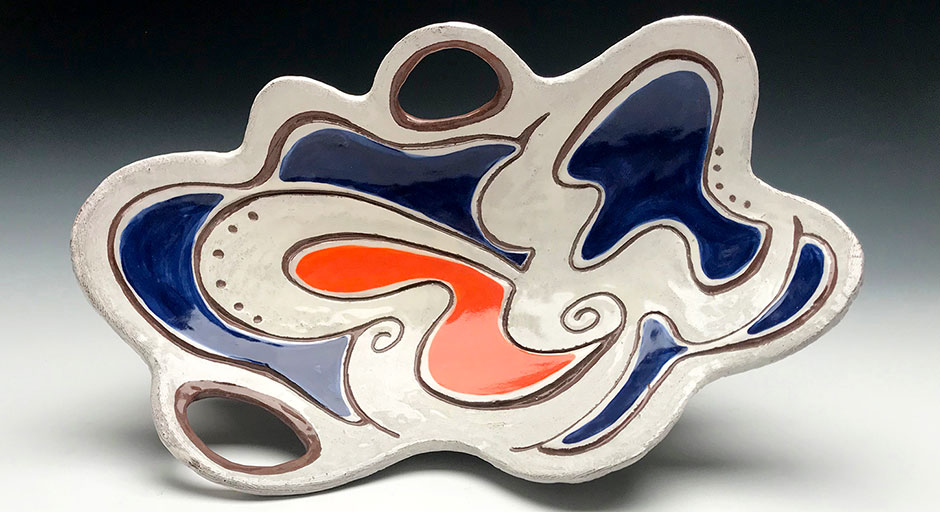
Art 441: Advanced Ceramics
Students enter into an individual study of ceramic forms in order to develop a well-thought out body of work that exhibits a fully formed conceptual foundation. There is emphasis on research and professional development within the context of ceramic craftsmanship. Students finish the course with a cohesive body of work.
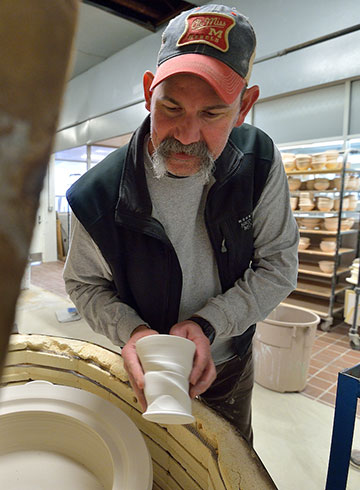
Teaching Art 341: Pottery
Throughout the course, students will explore a range of surface treatments, including glazing, slip decoration, and texture building, learning how to enhance the aesthetic quality of their pieces. You’ll also gain practical knowledge of kiln operations, understanding the firing process, and how different temperatures and firing techniques influence the final outcome of your work. This class emphasizes creativity, self-expression, and the meditative aspects of working with clay. You’ll be encouraged to experiment and find your own artistic voice while honing your craftsmanship. Whether you’re interested in creating pottery for daily use or purely as art, this class provides the space and tools to help you bring your ideas to life.
Matt Long
Professor of Ceramics
Graphic Design
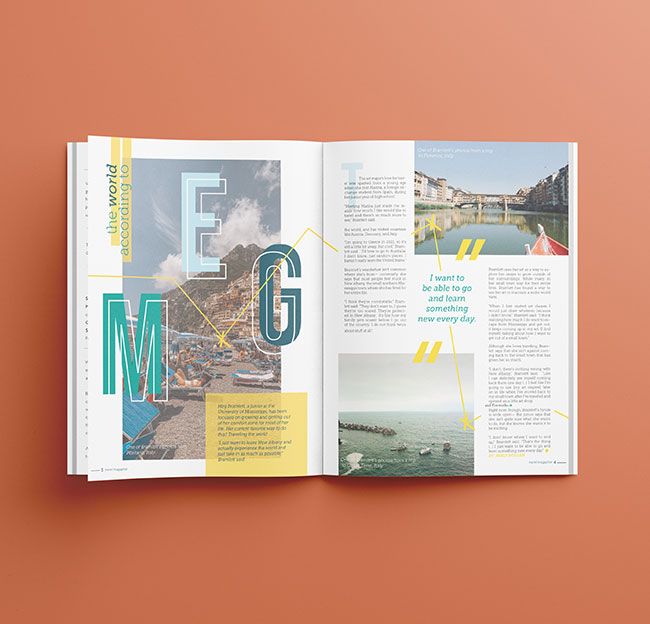
Art 361: Graphic Design I, Typography
This course introduces students to the role that typography plays in graphic design and communication primarily through print, but applications to multimedia and environmental design may be applied. Students explore the historical and communication contexts of typography at the start of the written language, and continue through our current Western written language.
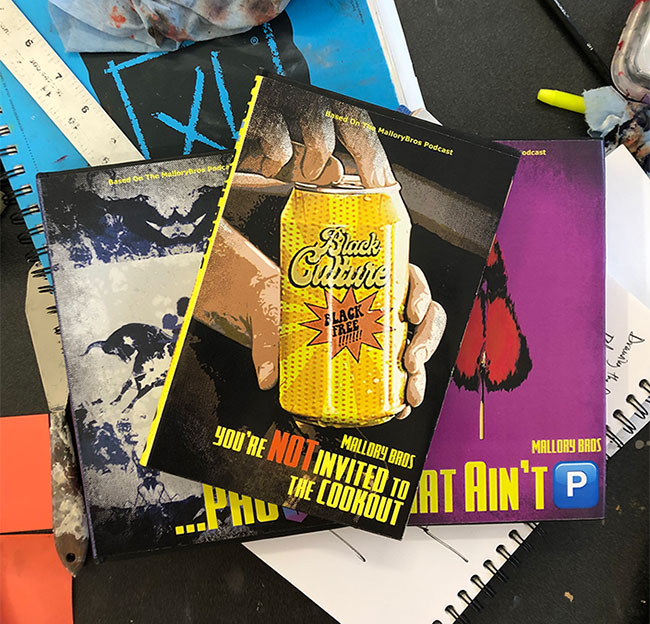
Art 362: Graphic Design II, Production Design
The overarching theme in this course involves building upon what is learned in Art 361, Typography. Projects are more advanced and multifaceted and prompt students to solve design problems in their entirety. Students develop skills in professionalism within the discipline of graphic design. Other focuses of this course include learning how to prepare design work for print media as well as learning how to design creative projects using studio art skills and computer solutions.
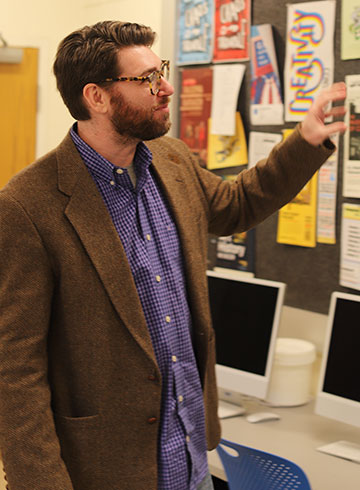
Teaching Art 362: Production Design
This course includes a series of exercises and assignments culminating in complete projects that stress theory, technique, concept, creative development and experimentation. Students learn to begin each problem with ideation techniques (e.g., lateral thinking and visual experimentation). Each problem presents unique opportunities to employ the basic principles of graphic design. Because of the inherent focus in this course, students maintain a process book/sketchbook devoted to this class containing all initial ideas and sketches, and any other process material that is used to develop solutions to the problem.
Tyler Barnes
Associate Professor of Art
Painting
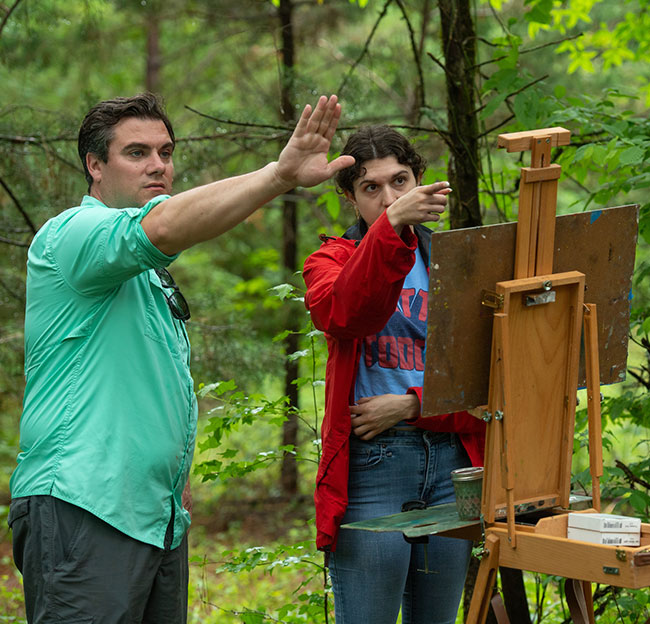
Art 323: Plein Air, Painting the Landscape
Students continue to hone their observational skills in the arena of landscape painting. More advanced mixing techniques are employed as well as gestural applications that speed up the process of painting outdoors. Students continue to build a professional work ethic through working independently while learning to communicate effectively through the critique process.
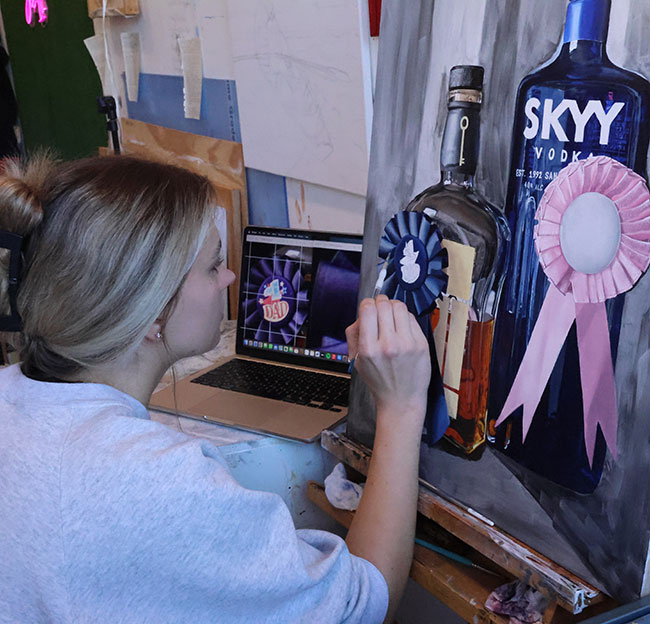
Art 421: Advanced Painting
The main objective of this class is to provide each student with the understanding of contemporary working practices of painting. Students learn various painting methods and emphasize conceptual experimentation. Through class critiques, lectures, and demonstrations each student is introduced to methods of critical thinking and creative problem solving associated with painting. Emphasis is placed on concept and development of a series. Craftsmanship and professionalism are addressed.
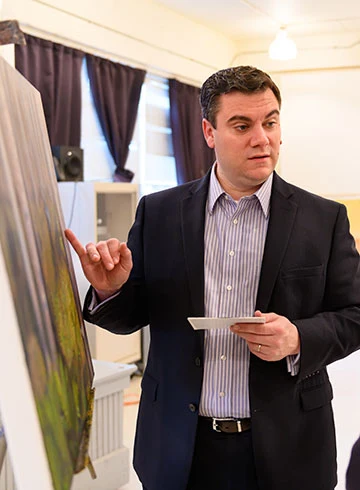
Plein Air, Painting the Landscape
The main objective of this course is to provide each student with the fundamental and working practices of painting. Students learn various painting applications focused on the landscape. Each student’s development is focused on a perceptual sensitivity coupled by the understanding of painterly expression. Through class critiques, lectures, and demonstrations each student is introduced to methods of critical thinking and creative problem solving associated with painting the landscape.
Philip Jackson
Professor of Art
Printmaking & Imaging Arts
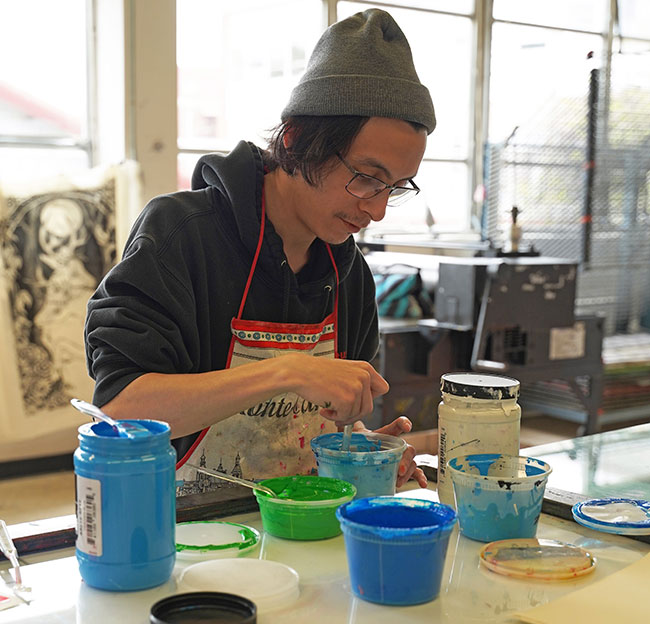
Art 372: Intermediate Printmaking
This course includes lectures, discussions, and demonstrations exploring traditional print processes with the incorporation of digital practices. Students learn digital strategies for creating images in screen printing, intaglio, lithography, and digital printing. Students develop meaningful content in conjunction with the acquisition of technical skills.
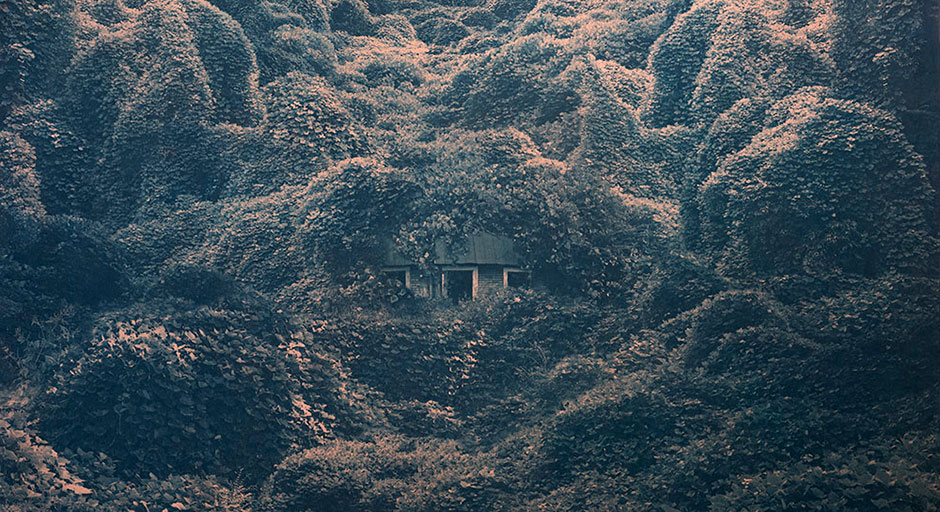
Art 385: Introduction to Alternative Photographic Processes
Students learn alternative lens-based approaches to photographic imaging including the use of Cyanotype and Van Dyke Brown in the production of prints. Traditional photographic processes are employed in tandem with digital strategies to create strong conceptual artworks. This course highlights detailed research and criticism in the creation and evaluation of work.

Teaching Art 372: Intermediate Printmaking
You’ll experiment with advanced techniques in relief, intaglio, and screen printing, with a focus on both traditional and contemporary methods. Students will have the chance to work with a variety of materials, including hand-cut linoleum, wood, metal plates, and stencils, and will learn how to layer colors, create textures, and experiment with alternative printing surfaces. Throughout the semester, you’ll be encouraged to push the boundaries of your creative expression by developing personal themes and projects that combine technique with innovation. Group critiques and individual guidance from the instructor will help you refine your artistic voice and gain confidence in your work.
Kaleena Stasiak
Assistant Professor of Art Printmaking
Sculpture
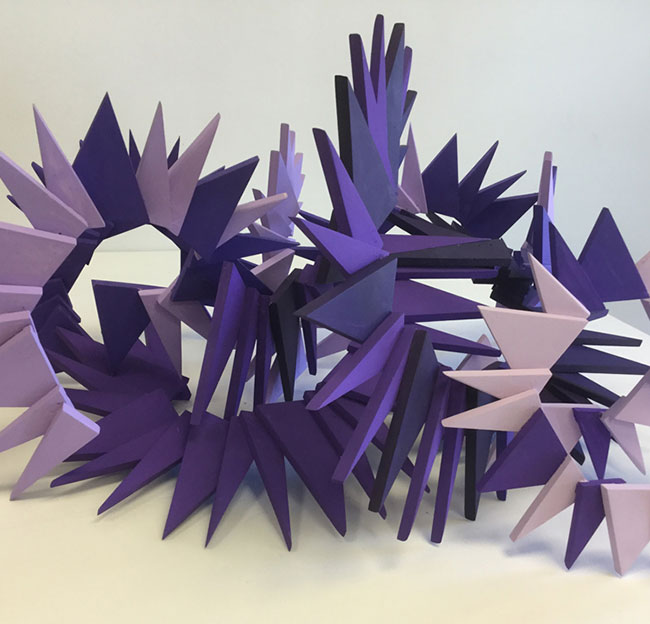
Art 331: Beginning Sculpture
This course builds upon the core ideas learned in 3-D Design while giving students an introductory survey of some of the more traditional and contemporary materials and techniques used in sculpture.
“The use of limited, yet different materials made the projects difficult but brought out the more creative side of myself and I loved having to think outside of the box!”
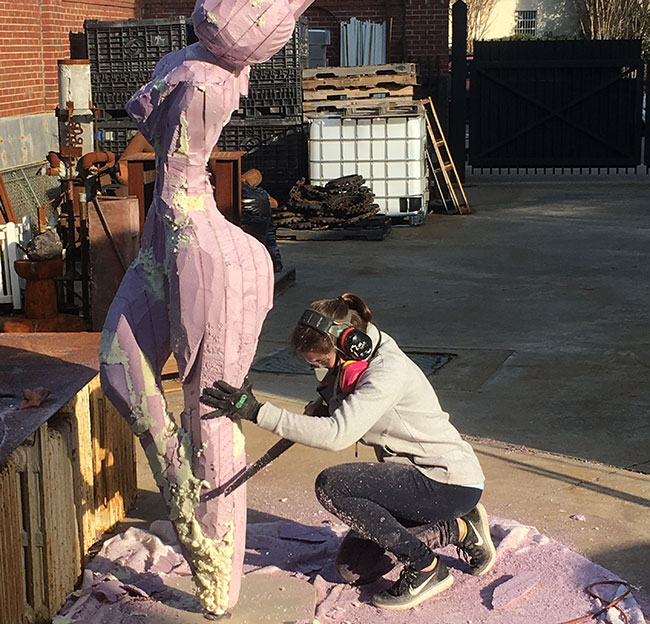
Art 431: Advanced Sculpture
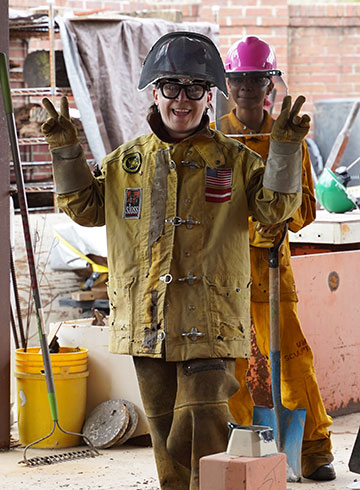
Teaching Art 331: Beginning Sculpture
The class is designed to offer the student a broader view and experience in sculptural materials and concepts while gaining a fundamental understanding of sculptural art making, terminology, and concepts. Introduction to more complex problem solving and concepts are explored through presentations, sculptural techniques, and various building materials such as wire armatures, foam, plaster, wood, and found objects. Students are challenged both individually and as a group through projects, critiques, presentations, videos, readings, and discussions.
Stacey Rathert
Instructional Associate Professor of Art, Sculpture
